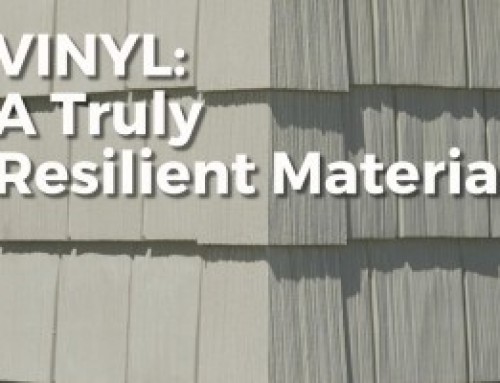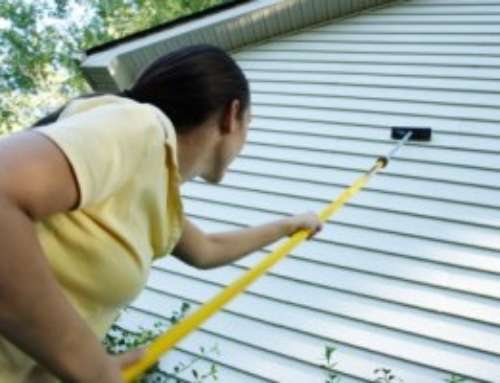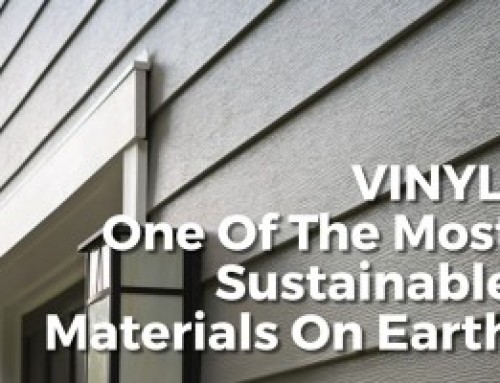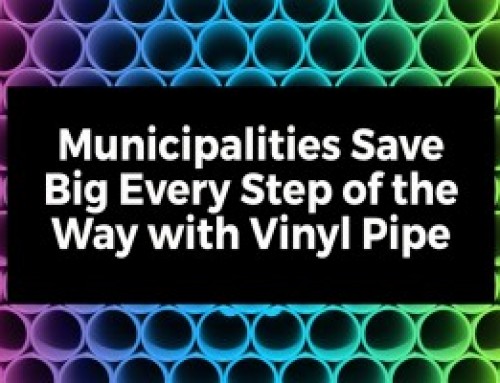
It’s easy to see why. People assume that the house they’re considering has water intake, distribution and drainage pipes in good working order. And pipes don’t sound as sexy as sunrooms, stainless steel appliances or stone fireplaces.
What type of water pipes does this house have and how old are they?
That’s the question home buyers should ask, and it’s what a qualified home inspector will check.
“Older homes have clay tile drainage pipes, which are prone to cracking and tree root damage,” says Murray Parish, President of the Ontario Association of Home Inspectors. During a home inspection, Parish checks the main drain in the basement to determine the type of pipe used for outgoing drainage. “For potable water, that is the water you drink, there are still some places that have lead pipes, which would need to be replaced,” he adds.
The cost to replace water pipes can add up to thousands of dollars. “It’s hard to provide a cost range, because every situation is different,” advises Parish, who says that a home inspection report will indicate the type of pipes used in the home and alert home buyers to potential problems. “There’s no real way to tell what’s behind the walls or underground, but you have a pretty good indication based on the pipes you can see,” adds Parish.
“Plumbing—the plumbing system should be copper pipes with copper soldering, or PVC piping.”
–from What to Look for When Buying a Home, a CMHC publication
If replacement is necessary
Don’t expect a home inspector to quote a price for the job. A good home inspector will suggest contacting the College of Trades to get in touch with a reputable plumber to provide a written estimate.
“PVC piping is more affordable than copper,” says Parish, who advises homeowners to check the quality of the material being installed. Do your homework – you don’t want to have to replace your replacement.
Explore the benefits of PVC piping
In most North American neighbourhoods, safe drinking water travels from the nearest water main to individual homes via PVC pipes. Here’s why it’s also a good choice for your home.
- Bacterial resistance: PVC piping resists bacterial buildup so your family’s drinking water is always fresh and clean.
- Longevity: The estimated life span of properly designed and installed PVC pipe is 100 years. (What other part of your house will last that long?)
- Adaptability: PVC piping is lightweight, flexible and easy to work with, and can be connected to metal pipes with no adverse effects. (Okay, this is more for your plumber, but we thought you should know about it.)
- Low failure rate: In a National Research Council of Canada study, which explored the durability of various types of pipes used by municipal water utilities, PVC (vinyl) holds one of the lowest failure rates at an average of 0.7 (less than one!) per 100km.
Now that we’ve had our say, it’s your turn. What other question do you feel should be a must-ask for home buyers?















